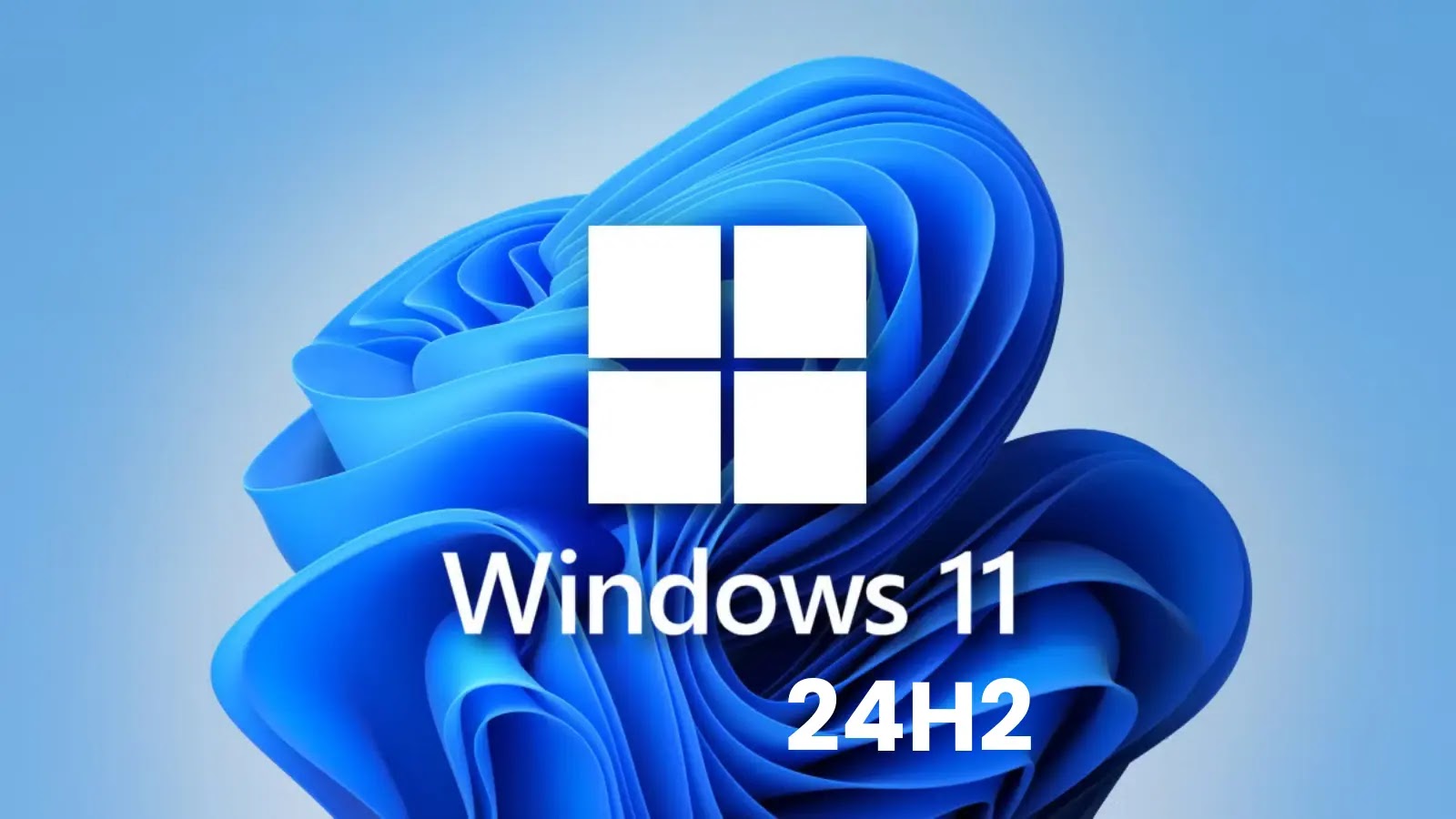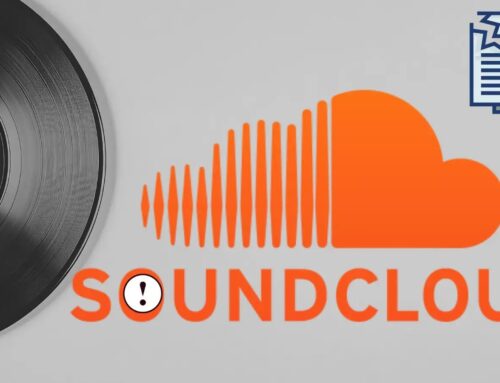
Microsoft Confirms Recent Windows 11 24H2 Security Update Not Causing SSD/HDD Failures
Concerns surrounding the stability and reliability of critical operating system updates are a constant in the cybersecurity landscape. When user reports surface regarding hardware failures linked to recent software patches, it sends ripples through the community, demanding swift and clear communication from vendors. Recently, reports emerged suggesting that Microsoft’s August 2025 security update for Windows 11 version 24H2 might be causing SSD and HDD failures. This article dissects these claims and Microsoft’s official response, offering insights for IT professionals and users.
Addressing the Hardware Failure Conundrum
The digital rumor mill can churn quickly, especially when user devices are at stake. Following the release of the Windows 11 24H2 security update, scattered reports began appearing on social media platforms and tech forums. Users described unexplained failures of their Solid State Drives (SSDs) and Hard Disk Drives (HDDs) shortly after applying the update. These anecdotal accounts, while not conclusive, were sufficient to ignite widespread concern within the Windows community.
Such incidents, even if isolated, demand immediate attention from the vendor. Users rely on consistent and reliable operation, and any hint of an update compromising hardware integrity is a serious matter. The challenge for Microsoft, in such situations, is to quickly investigate and provide transparent communication to quell anxieties and prevent misinformation from spreading.
Microsoft’s Official Stance and Investigation
In response to these burgeoning concerns, Microsoft has issued an official statement. Contrary to the circulating reports, the company asserts that its August 2025 security update for Windows 11 version 24H2 is not responsible for the reported SSD and HDD failures. This definitive denial aims to reassure users and clarify the situation. The official communication was published on Cyber Security News, emphasizing the vendor’s commitment to addressing user concerns directly.
While the company has debunked the direct link, the investigation into the root cause of these isolated hardware failures, if they are indeed occurring independently of the update, would likely continue. Hardware components can fail for a multitude of reasons, including manufacturing defects, power fluctuations, age, and sustained heavy usage. Distinguishing between genuine update-induced issues and unrelated hardware malfunctions is crucial for accurate diagnosis and user support.
Understanding Security Updates and Hardware Interaction
Security updates, like the Windows 11 24H2 patch, primarily focus on addressing vulnerabilities within the operating system’s software components, kernel, and applications. They aim to patch security holes, improve system stability, and enhance protection against malware and exploitation. While these updates interact with hardware drivers and low-level system functions, a direct causation of physical hardware failure (like an SSD’s NAND gates degrading or an HDD’s read/write heads crashing) is exceptionally rare and would indicate a severe, fundamental flaw in the update’s design or testing.
Typically, software issues manifest as system instability, crashes (Blue Screen of Death), performance degradation, or data corruption – not physical hardware destruction. If an update were to negatively impact a storage device, it would more likely involve driver incompatibility leading to unmounted drives, data access issues, or performance bottlenecks, rather than irreparable physical damage.
Mitigation and Best Practices for Users
Even with Microsoft’s reassurance, proactive measures are always prudent for maintaining system health and data integrity. While specific remediation actions for a hardware failure caused by an update are not applicable here given Microsoft’s statement, general best practices for system maintenance remain critical:
- Regular Data Backups: Implement a robust backup strategy for all critical data. Utilize cloud solutions, external drives, or Network Attached Storage (NAS) to ensure data redundancy.
- Monitor System Health: Regularly use built-in Windows tools or third-party utilities to monitor the health of your SSDs and HDDs. Tools like CrystalDiskInfo can provide SMART data, offering insights into drive health and predicted lifespan.
- Maintain Driver Updates: Ensure that your storage controller drivers and chipset drivers are up-to-date. While Windows Update often handles this, occasionally checking your motherboard manufacturer’s website for the latest drivers can be beneficial.
- Sufficient Power Supply: Ensure your power supply unit (PSU) meets the demands of your system components, especially if you’ve added new hardware. Unstable power can prematurely degrade components.
- Proper Ventilation: Overheating is a common enemy of electronic components. Ensure your computer case has adequate airflow and that fans are clean and functioning correctly.
Conclusion
The rapid cycle of software updates and the criticality of hardware performance often place users in a state of watchful anticipation. Microsoft’s recent clarification regarding the Windows 11 24H2 security update and alleged SSD/HDD failures is a timely reminder of the importance of official vendor communication in dispelling rumors and addressing user concerns transparently. While isolated hardware failures will always occur, linking them directly to a standard security patch requires substantial evidence, which in this case, Microsoft indicates is absent. Users should continue to prioritize data backup and general system maintenance as their primary defense against unforeseen issues.





